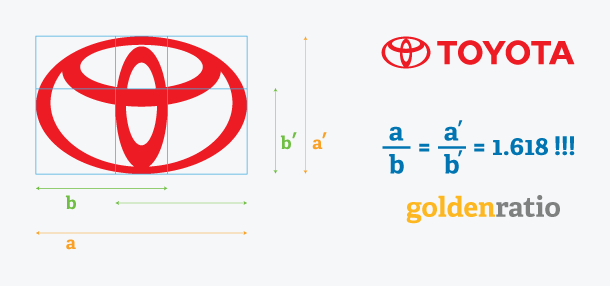The Golden Ratio: Aesthetics

Here is the previous post concerning the Golden Ratio. For a collection of all the posts concerning the Golden Ratio, click on #GoldenRatio below. Today's post is rather short.
By this time, you may be wondering why the Golden Ratio is so golden? One of the purposes of this series is to answer this question. The greeks called it golden, because they believed the golden rectangle to have the most pleasing proportions. Those of Pythagoras nearly worshiped the ratio, due to its many geometrical properties (which we will soon discuss!). So, you may notice this ratio occuring in many famous artworks or scuptures, even everyday posters and billboards.
While I'm skeptical about much of this stuff, people have found golden rectangles and ratios in many places, including the "ideal" human body and face, places like the Taj Mahal, artworks like the Last Supper and the Mona Lisa, buildings like the UN HQ and the Parthenon, and famous company logos (as you can see above).
If you find any pictures with pleasing golden proportions, feel free to post them below.
Click here for the next part in the series.
Easy Math Editor
This discussion board is a place to discuss our Daily Challenges and the math and science related to those challenges. Explanations are more than just a solution — they should explain the steps and thinking strategies that you used to obtain the solution. Comments should further the discussion of math and science.
When posting on Brilliant:
*italics*or_italics_**bold**or__bold__paragraph 1
paragraph 2
[example link](https://brilliant.org)> This is a quote# I indented these lines # 4 spaces, and now they show # up as a code block. print "hello world"\(...\)or\[...\]to ensure proper formatting.2 \times 32^{34}a_{i-1}\frac{2}{3}\sqrt{2}\sum_{i=1}^3\sin \theta\boxed{123}Comments
The best part about the golden ratio is how it's always found in nature too! This link contains amazing examples about it.
Log in to reply
can u tell me more about its practical applications and how it is used for a certain building or how can we use it?
Just wondering but is the ellipse on the Toyota symbol a golden ellipse by any chance?